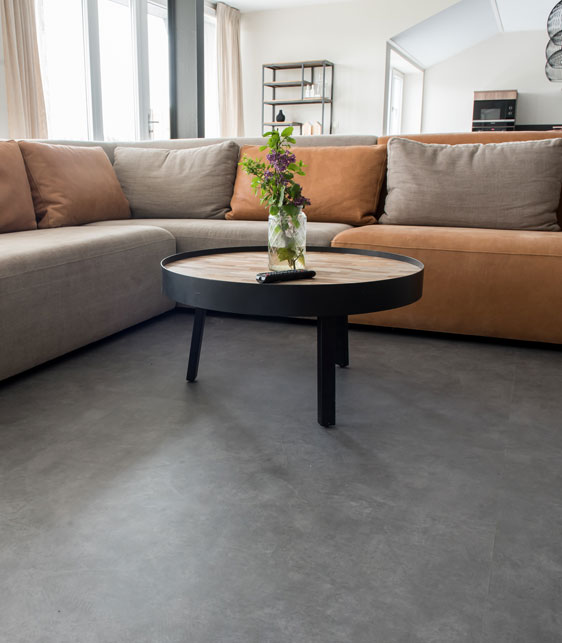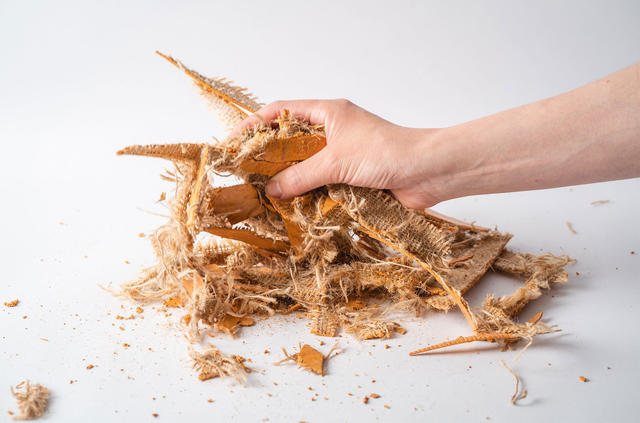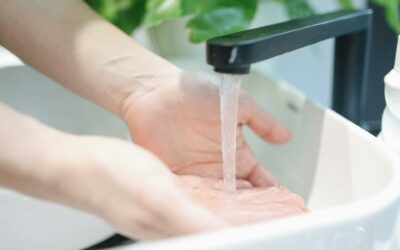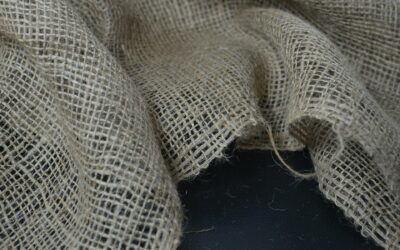Linoleum, The Magnificent Flooring that Has Been under Our Feet for Over a Century and Now Is Crucial in Sustainable Architecture
Welcome to the exciting world of linoleum – yes, you heard right. Linoleum. Before you leave this page for something seemingly more thrilling like doing your taxes or peeling potatoes, let me assure you: linoleum is anything but boring. In fact, it’s a true superhero among flooring materials, and it’s high time we unveil its history and secrets.
Imagine walking into a room, and your eyes are immediately drawn to a brilliantly colorful, incredibly robust floor. Your feet feel a soft, springy surface that cushions your steps while simultaneously playing a soft melody of comfort. This is no ordinary floor – this is linoleum in all its glory.
Linoleum may have a reputation as the dowdy material of your great-grandparents, but don’t hide your amazement: it’s also the invisible hero decorating modern museums, chic cafes, and perhaps even the kitchen of your trendy friends. But what really lies behind this charismatic material that has been driving innovation in the world of flooring for over a century?
Our story begins in the dusty laboratories of the 19th century, where Frederick Walton, an English chemist with a flair for accidental discoveries, concocted a mix of linseed oil, cork dust, and other magical ingredients. What started as an experiment soon transformed into the first linoleum sheet – and the rest, as they say, is history.

This report will take you on a journey through time, from Walton’s initial experiments to today’s cutting-edge linoleum production. We will uncover the six mysterious main ingredients that come together to create this sustainable masterpiece. From linseed oil, pressed from tiny flax seeds and more elastic than an Olympic gymnast, to pine resin that provides flexibility, to cork dust that not only improves sound insulation but also offers a wonderful feel underfoot.
But it’s not just about the ingredients. We will also take a look behind the scenes of the manufacturing process, where linoleum is shaped in mysterious calendrers and cooked to full strength in maturing chambers – almost like in a gourmet restaurant, only here the floor is the menu.
Prepare to change your view on linoleum forever. This is not just a report on flooring; it is an ode to a material that has more personality than your average Hollywood star. Buckle up, because you are about to see linoleum with new eyes—and perhaps, just perhaps, you will find yourself tenderly stroking your own floor.
Linoleum Role in a Environmentally Conscious Society
A key feature of linoleum that stands out in today’s environmentally conscious society is its sustainability. Every component of linoleum—from linseed oil to cork dust—is natural and renewable. This means that linoleum is an eco-friendly choice for flooring that both conserves Earth’s resources and ensures a healthy indoor climate. Unlike many synthetic floorings, linoleum is fully biodegradable. At the end of its life, it can be composted, allowing the materials to return to the natural cycle without harming the environment.
The manufacturing process of linoleum is largely carbon-neutral due to the use of these natural materials. This is in stark contrast to many other flooring options, which can produce significant amounts of greenhouse gases.
Another significant advantage of linoleum is its safety and health compatibility. Since it is made from natural materials, linoleum is free from harmful plasticizers and “Volatile Organic Compounds” (VOCs) that can be found in many other floor coverings.
Due to its natural composition, linoleum is antibacterial. The linseed oil contained in linoleum oxidizes and forms a surface on which bacteria and microorganisms can hardly settle. This makes it an excellent choice for rooms where hygiene is particularly important, such as in kitchens, bathrooms, and hospitals.
Since linoleum does not emit harmful emissions and is easy to clean, it contributes to better air quality and is ideal for allergy sufferers. The smooth surface prevents the accumulation of dust and allergens, making the air cleaner and safer to breathe.
Lastly, the aesthetic versatility of linoleum is remarkable. Modern manufacturing techniques allow for an almost unlimited range of colors and patterns, from subtle and natural to vibrant and artistic.
You may also like to read: Linoleum Production: A Contribution to Sustainable Architecture
Characteristics for Linoleum Use
Linoleum can be cut to any desired size and shape, making it extremely adaptable for various room designs. Whether it is large commercial spaces or small private kitchens, linoleum can be seamlessly integrated.
In addition to its charm, linoleum is extremely durable and easy to maintain. It withstands heavy foot traffic and remains beautiful for years without needing intensive care or special cleaning agents. Regular wiping and occasional polishing are sufficient to maintain its appearance.
By combining environmental friendliness, health benefits, and aesthetic flexibility, linoleum offers a compelling solution for flooring that is both practical and stylish. It is more than just a floor covering; it is a sustainable investment in the future of our environment and our own health. With all these features, linoleum is ready to capture not just the floors but also the hearts of designers, homeowners, and environmentalists worldwide.

It is time to draw the curtain and conclude our comprehensive exploration of the world of linoleum that we began. In doing so, we not only appreciate the technical and aesthetic merits of this exceptional material but also highlight its far-reaching implications for the environment and society.
As hinted at the beginning of our humorous introduction, linoleum is not a relic of the past but a highly relevant and sustainable material that impressively meets our modern demands for design, sustainability, and health.
As we have seen, linoleum is made from natural, renewable materials such as linseed oil, cork dust, wood flour, and pine resin. These ingredients not only give the material its characteristic physical properties but also make it an environmentally friendly option in an increasingly eco-conscious world.
You may also like to read: Laying Linoleum | A Guide to Professional Installation
Linoleum Manufacturing Characteristics
The linoleum manufacturing process utilizes modern technologies to transform these natural materials into a durable and aesthetically pleasing flooring solution. Despite industrial processing, the production remains largely carbon-neutral, emphasizing a commitment to ecological responsibility.
Linoleum is free from volatile organic compounds (VOCs) and plasticizers, which can be found in many other floor coverings. It offers antibacterial and allergy-friendly surfaces, making it ideal for public facilities and private living areas.
With a wide range of colours and patterns that range from modern to traditional, linoleum can be used in almost any context. Moreover, it is durable, easy to clean, and maintain, making it a practical choice for high-traffic areas.
After this in-depth analysis, it is easy to see why linoleum is much more than just your grandmother’s flooring. It embodies a rich tradition of innovation and sustainable design that is more relevant today than ever. Frederick Walton, the inventor of linoleum, could hardly have imagined that his product would not only continue to be used but also celebrated over a century later.
Conclusions
In a world increasingly defined by the need to integrate sustainable and health-promoting materials into our daily lives, linoleum is at the forefront. It exemplifies how traditional materials can be reinterpreted to meet the challenges of our times.
As we began our journey through the world of linoleum, it may have seemed like a humorous re-interpretation of a well-known theme. Yet, as we have seen, linoleum is seriously remarkable. It invites us to think about the choice of our building materials and how these decisions affect the environment, our health, and our cultural spaces.
Thus, we conclude our exploration with a call to action:
Consider linoleum not just as a flooring option but as a conscious choice for sustainability, health, and stylistic diversity. Linoleum may be from the past, but it is also the material of tomorrow and deserves a permanent place in the spaces of our future.
You may also like to read: Four Sustainable Flooring Materials: Eco-friendly and Stylish Options for a Greener Future
Sources
- Linoleum Production | Baunetz Knowledge
- Linoleum and its Properties | Hausjournal.net
- Cradle to Cradle Certified Products Program
- Blue Angel – Environmental Label for Products and Services”
Images
- Linoleum Manufacturing image gererated with Chat GPT AI
- Ihr Fachhändler für Linoleum in Bremen | Buben Raum & Design
- Recycling von Linoleum | Tarkett






0 Comments